The Tobacco Plant
Discover the rich history and understanding of the tobacco plant, unveiling the secrets behind your favorite cigars. Explore our in-depth guide.
Unlocking the Secrets of the Leaf Behind Your Favorite Cigars
For centuries, the tobacco plant has captivated the senses and played a central role in the world of cigars. This seemingly unassuming plant, with its vibrant green leaves, has been the source of countless hours of enjoyment for cigar aficionados around the globe. But how much do we truly understand about this remarkable plant, its origins, and the intricacies of its cultivation?
In this exploration, we embark on a journey into the heart of the tobacco plant, unraveling its history, anatomy, and the magic that turns its leaves into the flavorful cigars we cherish.
A Journey Through Time: The Origins of the Tobacco Plant
The tobacco plant, scientifically known as Nicotiana, belongs to the nightshade family. It has a rich history, particularly in North and South America. The tobacco plant’s story stretches back thousands of years, playing diverse roles throughout the centuries. Most notably, it’s the star behind the cigars we savor today.
One of the earliest known encounters with tobacco occurred when Christopher Columbus first set foot in the Americas. There, he observed the indigenous people smoking cigars. This encounter marked the beginning of the tobacco’s global journey. Fast forward to the late 1500s, and the French ambassador, Jean Nicot, introduced tobacco to England. This introduction would eventually lead to the common name “Nicotiana” for the tobacco plant, acknowledging Nicot’s significant role in its spread.
The Tobacco Plant: A Versatile Marvel
The history of the tobacco plant is not just about its use in cigars, but also about its versatility. Native to North and South America, the plant has had diverse applications over the centuries. Today, it remains a valuable cash crop for farmers and a vital resource for cigar manufacturers. Besides its primary role in cigar production, tobacco serves various other purposes:
- Pest Control: Tobacco can be used as an effective pesticide, offering a natural solution to protect crops.
- Allergy Relief: The leaves of the tobacco plant have been employed for their medicinal properties, providing relief from ailments like rashes and itching.
The Art of Cultivation: From Seed to Smoke
The journey from tobacco seed to a premium cigar is a labor of love that spans several months. Successful tobacco cultivation relies on careful attention to detail and meticulous care.
1. Planting and Harvesting: The process begins with planting tobacco seeds in rich, well-tended soil. Harvesting occurs two to four months after planting, depending on the specific type of tobacco.
2. Curing: After harvesting, the tobacco goes through curing, which can be achieved through various methods. Three of the primary curing methods include fire-curing, air-curing, and flue-curing. Each imparts unique characteristics to the tobacco leaves.
- Fire-cured tobacco involves using open flames to cure the leaves, imparting a smoky, robust flavor.
- Air-cured tobacco is a popular method that relies on natural ventilation within barns.
- Flue-cured tobacco involves more controlled conditions, using heat and specific barn construction for drying.
3. Anatomy of the Tobacco Plant: Understanding the parts of the tobacco plant is essential for cigar enthusiasts. The plant consists of three primary sections: Ligero, Seco, and Viso, each with distinct characteristics.
- Ligero: This is the top part of the tobacco plant, exposed to the most sunlight, making it the strongest variety. It comprises sections like Medio Tiempo, Corona, and Centro Gordo, each contributing unique flavor profiles.
- Seco: Found in the middle part of the plant, Seco leaves offer milder flavors. They are well-balanced and ideal for filler.
- Viso: The characteristics of Viso leaves lie between Ligero and Seco, often used as a binder due to their balanced qualities.
Tobacco leaves are utilized throughout a cigar, with long filler and short filler tobacco playing distinctive roles. Long filler tobacco runs the entire length of the cigar, from head to foot, ensuring a consistent burn. In contrast, short filler tobacco consists of shredded leaf pieces blended into the cigar.
The combination of these leaves and their positions within the cigar contributes to the complexity of flavors and smoking experiences that cigar enthusiasts cherish.
Unlocking the Mysteries: Volado, Seco, Ligero
The distinctive qualities of the tobacco plant’s primary sections have captivated cigar enthusiasts for generations.
1. Ligero: At the top of the plant, where sunlight is most abundant, lies the Ligero. Known for its rough texture and potent character, Ligero encompasses several levels, including the formidable Medio Tiempo, the milder Corona, and the substantial Centro Gordo. This section’s leaves are vital in delivering the intense flavors that some cigars are celebrated for.
2. Seco: Positioned in the middle of the plant, Seco offers a milder, well-balanced flavor profile. It comprises three leaf varieties: Centro Fino, Centro Ligero, and Uno y Medio. The versatile Seco leaves are often selected for use as filler and binder in cigar production.
3. Volado: Although it occupies the lowest section of the plant, Volado is the first priming part. Its leaves are light and thin, primarily due to limited sun exposure. This results in exceptional combustibility, making Volado leaves essential for cigar binder construction.
Final Thoughts: A Journey into the Heart of the Tobacco Plant
As we delve into the intricate world of the tobacco plant, we begin to appreciate the artistry behind cigar production. The cultivation and careful selection of each leaf, based on its position and unique characteristics, are what create the diverse array of cigars enjoyed by enthusiasts worldwide.
While this article provides a foundational understanding of the tobacco plant, there’s much more to explore. For those fortunate enough to visit tobacco fields in the United States or South America, this knowledge offers a deeper appreciation of the plant’s role in creating some of the world’s finest cigars. The next time you savor your favorite cigar, take a moment to reflect on the incredible journey of the tobacco leaf and its vital role in delivering a memorable smoking experience.

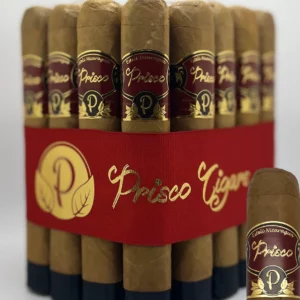
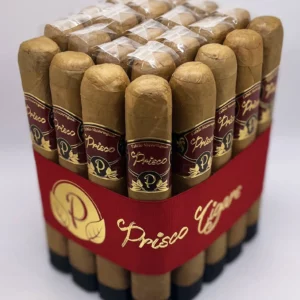
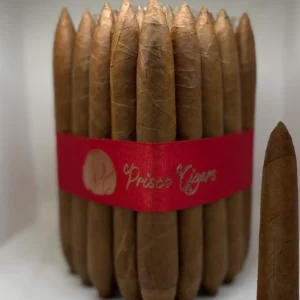
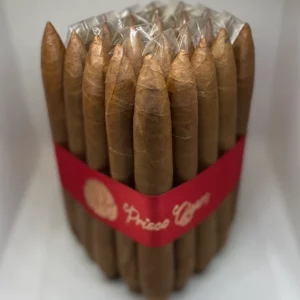
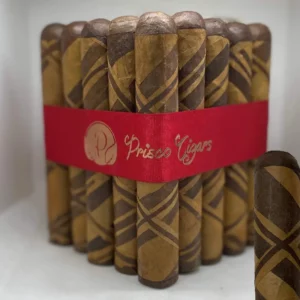
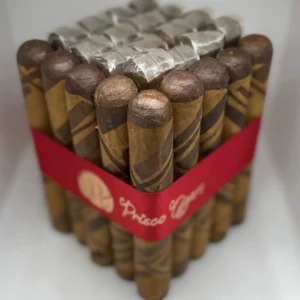
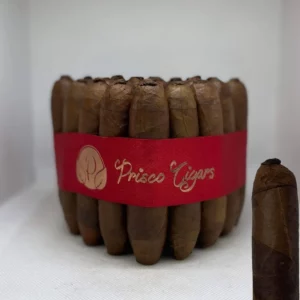
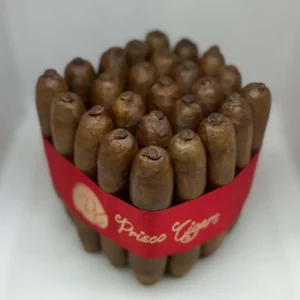
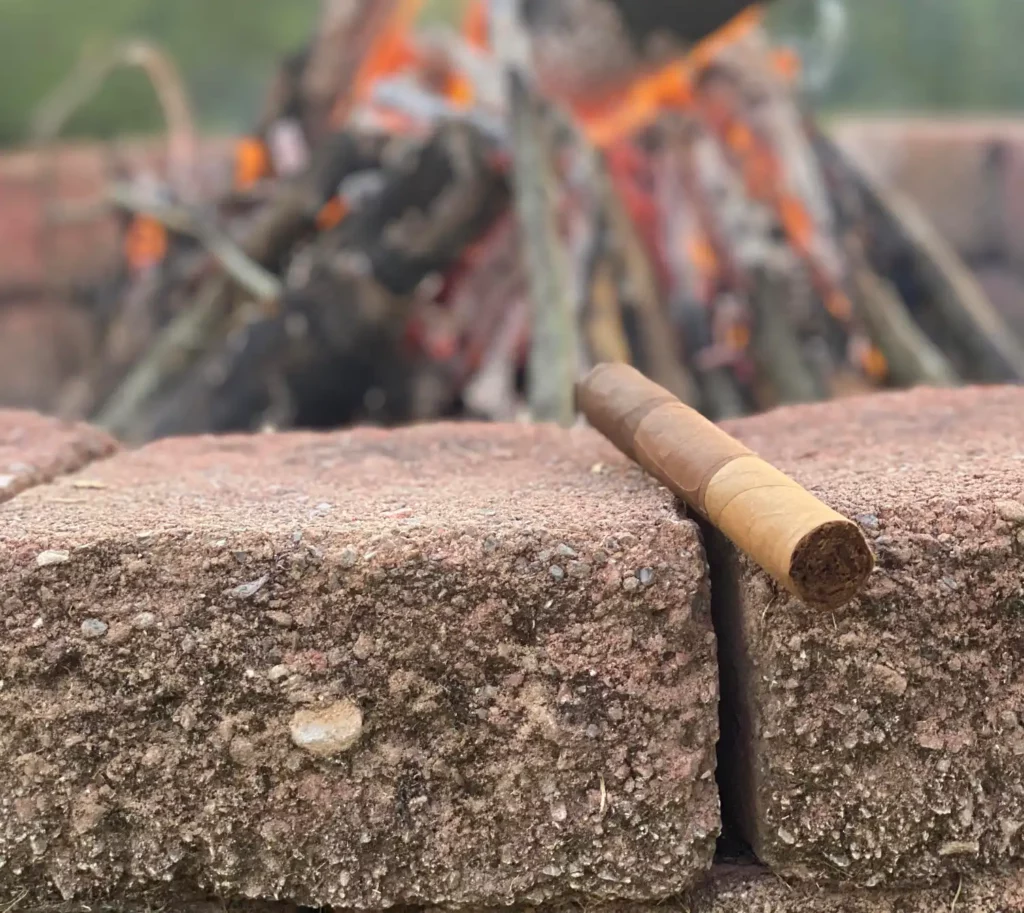
Leave a Reply